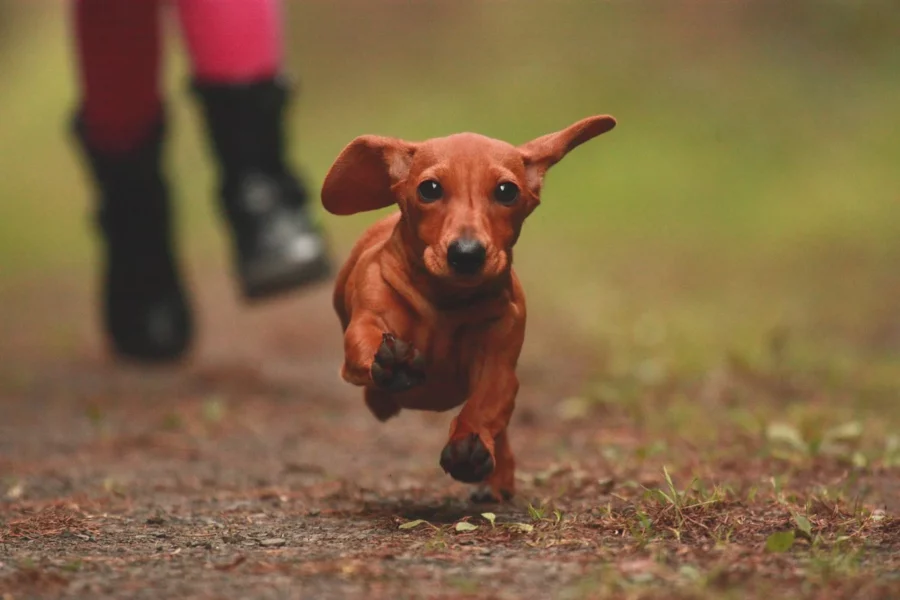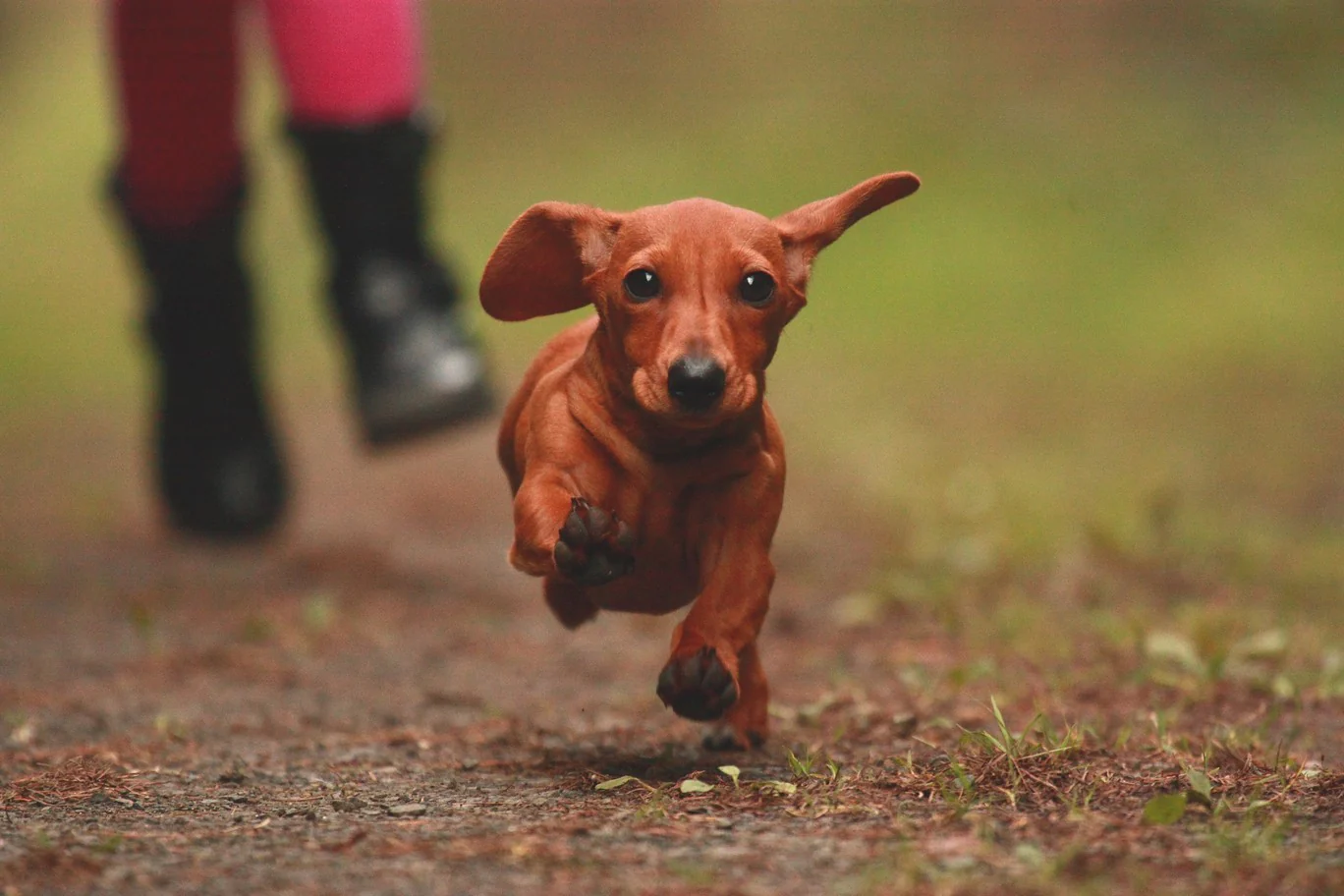
Understanding dwarfism in dogs: causes, symptoms, and care
Dwarfism in dogs results from a blend of genetic and environmental factors, contributing to its intricate and multifaceted nature

Dwarfism, a genetic condition resulting in abnormally small stature, is not exclusive to humans; it can also affect our canine companions. While dwarfism in dogs is relatively rare, understanding its causes, recognizing symptoms, and providing appropriate care are essential for the well-being of affected pets. In this article, we will explore the intricacies of dwarfism in dogs.
ALSO READ: Dogs in Khayelitsha : 500 set for sterilisation to tackle overpopulation woes
WHAT IS DWARFISM IN DOGS?
Kingsdale Animal Hospital explains that Pituitary dwarfism is an uncommon condition arising from a cyst in the pituitary gland, situated at the brain’s base. This cyst causes reduced production of growth hormone (GH), resulting in canine dwarfism. Additionally, deficiencies in thyroid stimulating hormone (TSH) and other growth factor hormones accompany the presence of the cyst in the pituitary gland.
ALSO READ: Understanding dwarfism in cats
CAUSES OF DWARFISM IN DOGS:
- Genetic Factors:
- In most cases, dwarfism in dogs is inherited through genetic mutations that affect bone development.
- Breeds such as Dachshunds, Basset Hounds, and Corgis may have a predisposition to certain forms of dwarfism.
- Hormonal Imbalances:
- Disorders affecting the production of growth hormones, like hypothyroidism or pituitary gland abnormalities, can contribute to dwarfism.
- Environmental Factors:
- Poor nutrition, inadequate prenatal care, or exposure to toxins during pregnancy can impact fetal development and lead to dwarfism.
ALSO READ: Do dogs experience kidney failure?
SYMPTOMS OF DWARFISM IN DOGS:
- Abnormal Proportions:
- Dogs with dwarfism often display disproportionate body parts, such as shorter legs or a compact torso.
- Delayed Growth:
- Puppies affected by dwarfism may exhibit slower growth compared to their littermates.
- Bone Deformities:
- Abnormalities in bone structure, like bowed legs or a curved spine, are common signs of dwarfism.
- Joint Issues:
- Dogs with dwarfism may experience joint problems, including arthritis, due to the stress placed on their smaller frames.
CARING FOR DOGS WITH DWARFISM:
- Regular Veterinary Check-ups:
- Regular veterinary visits are crucial for monitoring the dog’s overall health, addressing any emerging issues, and adjusting care plans accordingly.
- Balanced Nutrition:
- Providing a well-balanced and nutritionally rich diet is essential to support the unique needs of dogs with dwarfism.
- Low-Impact Exercise:
- Engaging in low-impact exercises helps maintain muscle tone and joint flexibility without putting excessive strain on the dog’s smaller frame.
- Adapted Living Environment:
- Creating an environment that accommodates the dog’s size and limitations, such as providing ramps instead of stairs, can enhance their quality of life.
ALSO READ: Caution: Spotting signs of Xylitol poisoning in your dog!
Dwarfism in dogs is a complex condition influenced by genetic and environmental factors. While it may present challenges, with proper care and attention, dogs affected by dwarfism can lead happy and fulfilling lives. Understanding the causes, recognizing symptoms, and implementing appropriate care measures are vital steps in ensuring the well-being of our beloved canine companions with this unique condition.
Artificial Intelligence assisted in compiling this article.
